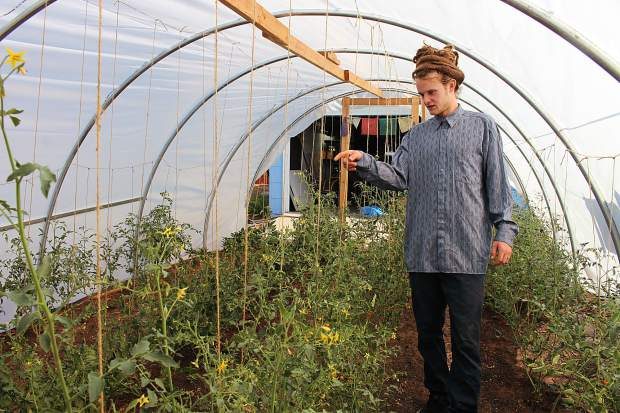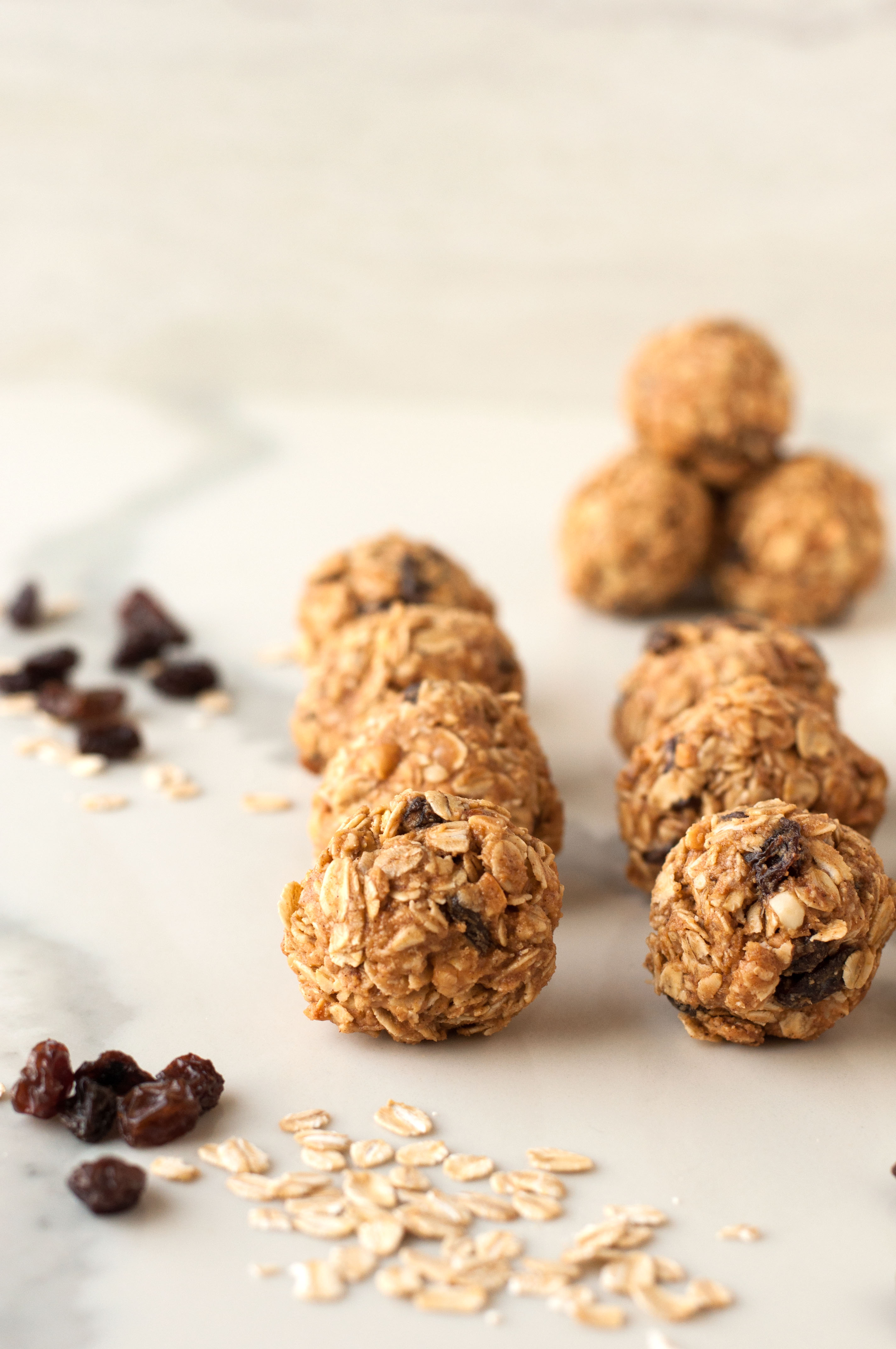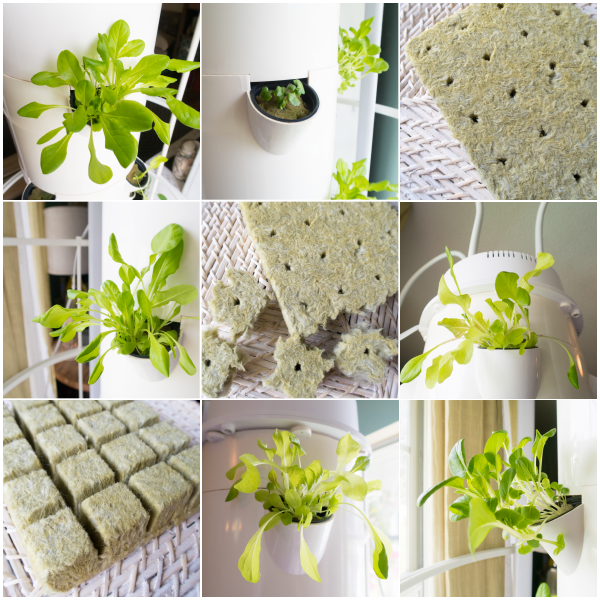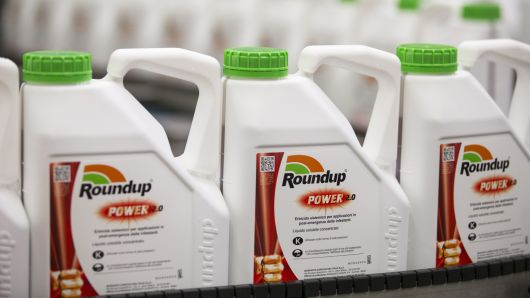Don’t get me wrong, probiotic supplements and probiotic foods are absolutely incredible, and even life changing in fact; but they may not be the “golden ticket” or the one-size-fits-all treatment for those gut troubles, as most people believe they are. Digestive issues like bloating, painful gas, diarrhea, constipation, acid reflux, and excessive burping.
There is so much research now that shows a direct correlation between our gut bugs and overall health, even linking specific species of probiotics to very specific health benefits, like Bifidobacterium lactis Bb12 and its use in treatment of eczema in infants.

We have also seen the strong emergence of prebiotics in the functional and naturopathic health scene. Just so that everyone’s on the same page: prebiotics are a grouping of fibers and carbohydrates that our good gut bugs love to feast on to get strong and build bigger and better homes in our intestine, and probiotics are the actual live bugs themselves.
With all this being said, taking a probiotic supplement can’t cure a disease or fix any problem, though it can definitely be a short-term band aid treatment to get you through until you find out what’s really going on in that troubled gut of yours.
Myth: the bacteria inside a probiotic capsule goes straight to your intestine and stays there forever.
I’d like to just take a second and bust the common myth that when you take a probiotic supplement the good bacteria inside the capsule goes straight to your intestine and stays there forever. No, no, no- so not the case. Good quality probiotics that manage to survive the stomach acid and digestive bile acids make their way through the digestive system, but only provide benefit for the short time they ride your digestion roller coaster. That means to continue getting that probiotic benefit you’ll have to continue taking that probiotic, which simply means it’s not a forever fix but a short-term mend.
This is all great and well, but not maintainable for many, especially when a good quality probiotic can cost upwards of $60-$100 per month. Essentially, probiotic supplements are not technically meant to be taken long term, but instead to be used for very specific needs during very specific, short times. According to Dr. Jason Hawrelak, one of the top microbiome leaders of the world, probiotics may colonize in you, but only for a short while and only if they’re a good quality probiotic; even those that “stick” for longer periods (ie. about 2 weeks) will have gradual decline in bacteria numbers each day until they’re essentially undetectable, kind of like semi-permanent hair dye job.
So if taking probiotics doesn’t fix my problem, what will?
First you want to make sure that you have killed off any pathogenic or “bad” bacteria that might be taking up precious space in your gut. This will help create more space and a better environment in your digestive tract for good bacteria to grow and thrive. Get a comprehensive stool test, like the GI MAP, so you can see what is growing in your gut. Test, don’t guess! Work with a trained professional so that they can use your results to create a drug-free, all natural protocol customized to you.
Then you want to feed your own healthy gut bacteria and provide them an environment where they can multiply and repopulate themselves is actually the best way to fix your digestion long term (though probiotics are an excellent short-term solution).
And this is where your good gut bug’s preferred food, also called prebiotics, makes its stunning entrance! A prebiotic is basically a grouping of certain fibers that have been shown to feed and increase one or more strains of the beneficial bacteria in the gut. This study, that pinned the best of these fibers against each other, found that partially hydrolyzed guar gum (PHGG), fructo-oligosaccharides (FOS), and trans-galacto-oligosaccharides (TOS) all out performed other forms of supplemental fiber by allowing fermentation by only specific beneficial bacteria, increasing the production of exceptional fermentation byproducts like short chain fatty acids and butyrate in the gut (Vulevic, Rastall, & Gibson, 2004).
What this is really saying is that certain fiber supplements or prebiotics can actually feed your good bacteria and REPOPULATE them in your gut for good- unlike probiotic supplements. Essentially, fiber strengthens your microbiome more than probiotic supplements do. But there is one word of caution here. If you have a lot of pathogenic bacteria in your gut then these prebiotics can feed them too. This is why step number one (testing and eliminating pathogens) is so important!
If you’ve grown up taking rounds of antibiotics for a stubborn infection, developed chronic diarrhea or constipation, deal with bouts of eczema or psoriasis, have chronic urinary tract or yeast infections, or even deal with anxiety and depression on a regular basis, it might be time to test for pathogens and add some microbiome boosting fiber into your diet. Your gut bacteria will thank you for it.
Already been working on your gut health and still having troubling symptoms? Learn more about working with Sara by clicking on the link below to schedule a FREE 30 minute discovery call. Because no, tummy troubles are not normal. But it is possible to heal. So cheers to you on your personal health journey!
Schedule Your FREE 30 Minute Discovery Call
written by Paula Cole, MS, NDTR
References:
Dr. Jason Hawrelak, ND, BNat (Hons), PhD, FNHAA, MASN, FACN, Chief Research Officer at Probiotic Advisor. Learn more at https://ift.tt/2PwS9ZB
Siitonen, S., Vapaatalo, H. & Salminen, S. (1996). Colonization of the human gastrointestinal tract by probiotic bacteria (Lactobacillus GG). Nutrition Today, 31, 5s-9s.
Tallon, R., S. Arias, et al. (2007). “Strain- and matrix-dependent adhesion of Lactobacillus plantarum is mediated by proteinaceous bacterial compounds.” J Appl Microbiol 102(2): 442-451.
Vulevic, J., Rastall, R., & Gibson, G. (2004). Developing a quantitative approach for determining the in vitro prebiotic potential of dietary oligosaccharides. FEMS Microbiology Letters, 236(1), 153-159. doi:10.1016/j.femsle.2004.05.036
The post How Probiotics Really Work (and Why They May Not Fix Your Digestion) appeared first on The Organic Dietitian.







 Customer Reviews
Customer Reviews
 // by EstefaniaRebellon
// by EstefaniaRebellon





















